TRIP details
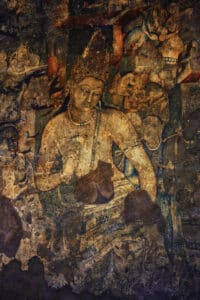
From Delhi, the one-time capital of the British Raj, we will travel to Varanasi, one of the world’s oldest continually inhabited cities, renowned for its myriad shrines and temples lining the Ganges River as well as the Deer Park in nearby Sarnath, where the Buddha gave his first teaching in the fifth century BCE. From Varanasi, we will continue to Aurangabad, from where we will visit the cave temples of Ajanta and Ellora, which are described as the finest surviving examples of ancient Indian art and provide insight into Buddhism’s rich artistic heritage. The journey will conclude in Jodhpur, in Rajasthan, coinciding with the Holi Festival, with special access to a historical collection of paintings and manuscripts that illuminate the origins, ethos, and development of Hatha Yoga within the context of Vajrayāna, or Tantric, Buddhism.
With additional contributions by a range of local experts, this latest installment of THUS’ famous docent tours of Buddhist Asia with GeoEx will be led by Dr. Ian Baker, an acclaimed National Geographic Explorer and author of several books on the cultural, religious, and medical traditions of the Himalayas and Tibet. The trip will also include a practical introduction to a range of contemplative and yogic techniques for transforming human experience, including yogic practices devoted to attaining extreme longevity.
THE DOCENT
IAN BAKER
Dr. Ian Baker holds a PhD in History and a MPhil in Medical Anthropology from University College London, following earlier graduate work in Buddhist Studies at Columbia University and English Literature at the University of Oxford. He is the author of seven critically acclaimed books on Himalayan and Tibetan cultural history, environment, art, and medicine including, Tibetan Yoga: Principles and Practices, The Dalai Lama’s Secret Temple, The Heart of the World, The Tibetan Art of Healing, and Buddhas of the Celestial Gallery, with introductions by the H.H. the Dalai Lama and Deepak Chopra. He was lead curator for an exhibition at London’s Wellcome Collection entitled “Tibet’s Secret Temple: Body, Mind, and Meditation in Tantric Buddhism”. He is well known for his extensive field research in Tibet’s ‘hidden-lands’ (beyul), resulting in National Geographic Society designating him as an ‘Explorer for the Millennium’. He has led international groups in Tibet, Nepal, and Bhutan for Smithsonian Institution and National Geographic Expeditions and is a board member of the International Society for Bhutan Studies.
TRIP Itinerary
While we endeavor to make this itinerary as accurate as possible, it should be considered an approximate schedule of activities rather than a rigid schedule of events. We constantly look for ways to improve our trips, and advance reconnaissance may present opportunities for superior routing or activities. Trip itineraries are also subject to revision due to weather, road and trail conditions, government restrictions, and other factors beyond our control.
Sunday · March 17th 2024
Arrive Delhi, India
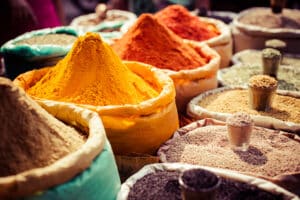
Upon arrival at Delhi’s airport, a GeoEx representative meets you and takes you to your hotel to rest up for the adventures ahead. Tomorrow we’ll begin exploring this pulsating capital city, where no less than eight empires rose and fell over 5,000 years. When Bombay and Madras were mere trading posts, Delhi had already logged five centuries as seat of an empire.
Monday · March 18th 2024
The Leela Palace New Delhi (Premier Room)
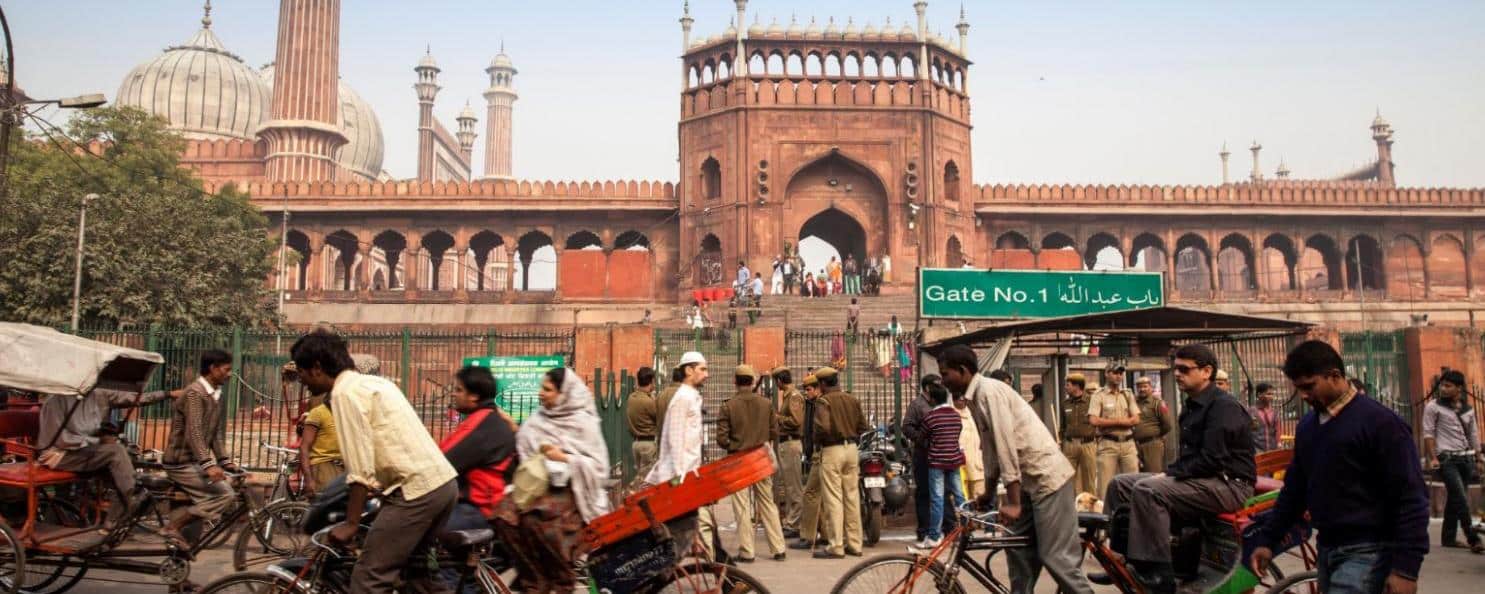
After breakfast, depart for a full day of sightseeing which takes us first to the historic Old Delhi and its colonial-era Red Fort and the Jama Mashid, the imperial mosque of the Mughal emperors until the demise of the empire in 1857. After lunch at Haveli Dharampura, overlooking the Old City, we continue to some of the most iconic sights of New Delhi, including Humayun’s Tomb and ending at the Qutb Minar at sunset.
This evening gather for a festive welcome dinner at Jamavar.
Tuesday · March 19th 2024
Fly to Varanasi (B, L, D)
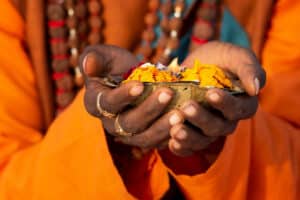
This morning, fly to Varanasi, known as the City of Light, and home of the sacred Ganges River. Varanasi is one of the holiest places in India and is considered by Hindus to be the most auspicious place to die and be cremated. The old city of Varanasi, where spirituality and commerce mingle, is a maze of narrow streets shared by pilgrims, locals, sacred cows, and Hindu sadhus (holy men). Ghats along the river teem with people offering their prayers. It is also one of the centers of Indian classical music.
On arrival, transfer to the banks of the Ganges River, from where a boat takes us to our hotel. After lunch at the Brijrama Palace hotel, set out for an immersive walk through the old city and its legendary templescape. We learn the significance of the diverse gods and goddesses in Varanasi’s history by visiting shrines devoted to Shiva, Bhairava, Kali, and the ten Mahavidya goddesses with local experts, while meeting with Swamis and Aghori and Naga Sadhus along the banks of the holy river. Other possible visits include the Abhinavagupta Research Library, devoted to works on Tantra and Yoga, schools of traditional Indian music, and a silk weaving atelier.
In the evening, enjoy a private dinner overlooking the Ganges.
Wednesday · March 20th 2024
Varanasi (B, L, D)

Today begins with a visit to the Ganges River at sunrise. After breakfast, we take a short drive to Sarnath, the Buddhist pilgrimage site where Buddha, after achieving enlightenment at Bodh Gaya, delivered his first teaching. Devotees from around the world flock here to circumambulate the massive stupa. We may visit the Tibetan Institute of Higher Studies to meet with a prominent Tibetan Buddhist lama-scholar.
We return to Varanasi for lunch and further explorations in the afternoon.
Thursday · March 21st 2024
Fly to Hyderabad; Connect to Aurangabad (B, BL, D)
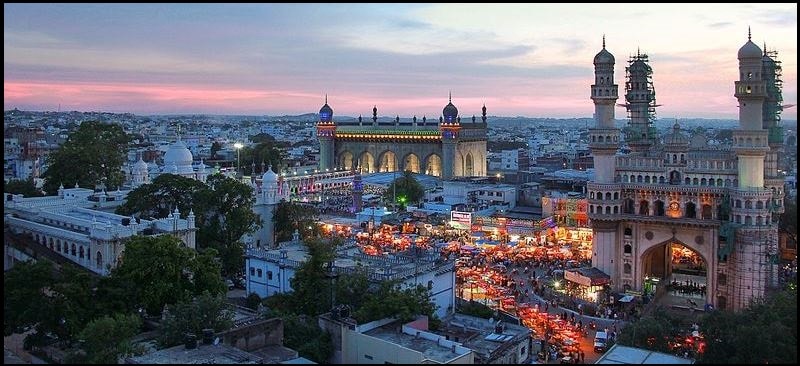
Depart today for Aurangabad flying via Hyderabad. The area surrounding Aurangabad boasts of some of the most magnificent and well-preserved cave temples in the world. The secret, of course, is that these UNESCO World Heritage Sites were carved out of the reasonably soft volcanic rock of the region. These are the Ellora Caves, decorated with fine sculptures, and the Ajanta Caves, world renowned for their frescos and wall paintings.
Friday · March 22nd 2024
Ajanta & Ellora (B, L, D)
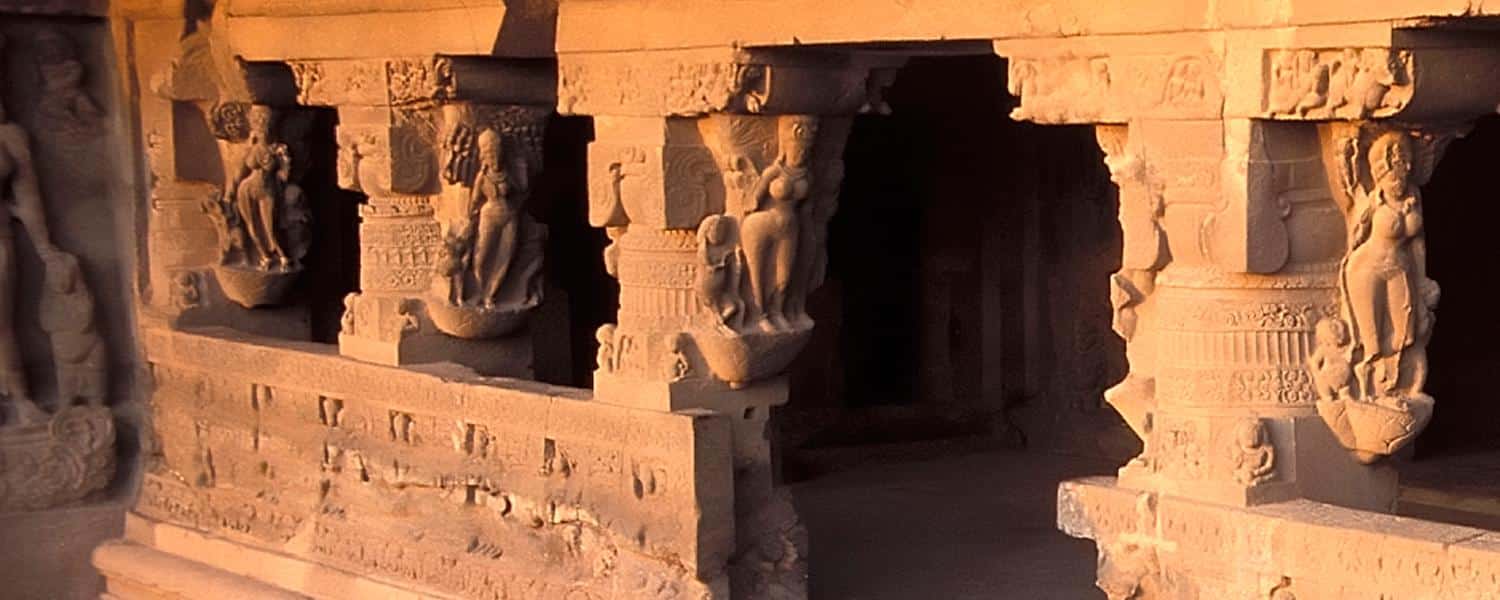
Early this morning we set off directly for the Ajanta Caves. Concealed by the jungle growth of the Sahyadri Hills for centuries, the exquisite Ajanta Caves were rediscovered by John Smith of the 28th Madras Cavalry in 1819. Mr. Smith stumbled upon one of the caves while on a tiger hunting expedition! The Ajanta Caves span two historic periods, the first during the Hinayana phase of Buddhism (2nd – 1st century B.C.) in which Buddha was not represented in human form but only by symbols, such as the Wheel of Law or the Bodhi Tree. The second period spans the 5th – 6th century A.D., during the Mahayana phase of Buddhism and is characterized by more expressive artwork. The magnificent murals that decorate the inner walls of the caves, depict scenes from the Buddha’s life. The caves were once inhabited by monks, artists, and craftsmen who sought shelter here from monsoons. Artwork is in the form of carvings, friezes, latticework, and sculptures.
After a picnic lunch, we continue for two hours to the UNESCO World Heritage Site of Ellora Caves, the Deccan’s finest example of rock-cut architecture. Several religions are represented in Ellora’s 34 caves – 12 Buddhist, 17 Hindu, and 5 Jain – a true testament to the knowledge exchange and tolerance that defined ancient India. The “caves” are actually a series of uninterrupted temples and monasteries carved out of the vertical face of the Charanandri hills.
The most awe-inspiring structure at Ellora is Kailasanatha Temple, the world’s largest monolithic sculpture. It is indeed awesome to behold an entire hillside carved into almost freestanding temples. Unlike the Ajanta Caves, the Ellora Caves were never lost and the Kailasa temple remained a fully functioning temple until the 19th century.
From Ellora, it is a scenic 45-minute drive to our hotel.
Saturday · March 23rd 2024
Fly to Delhi; Connect to Jodhpur (B, BL, D)
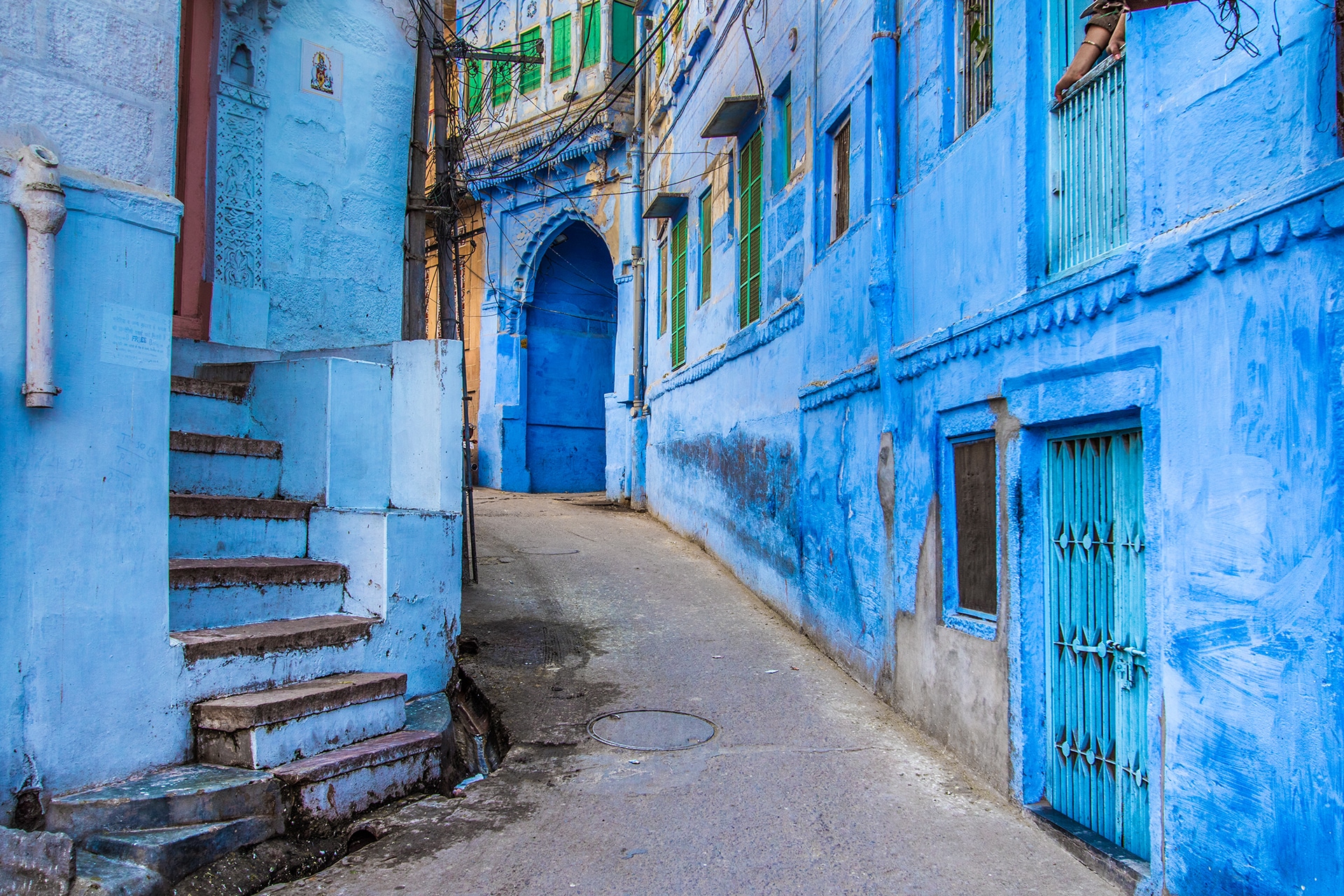
This morning, depart for Delhi and connect with our flight to Jodhpur.
Jodhpur is known as the “Blue City” for the indigo painted houses that originally designated the homes of Brahmins. But the old city is now awash with bright blue homes. Jodhpur stands at the edge of the Thar Desert and is Rajasthan’s second largest city after Jaipur. It is known for its traditional lifestyle and rich cultural heritage.
Sunday · March 24th 2024
Jodhpur (B, L, D)
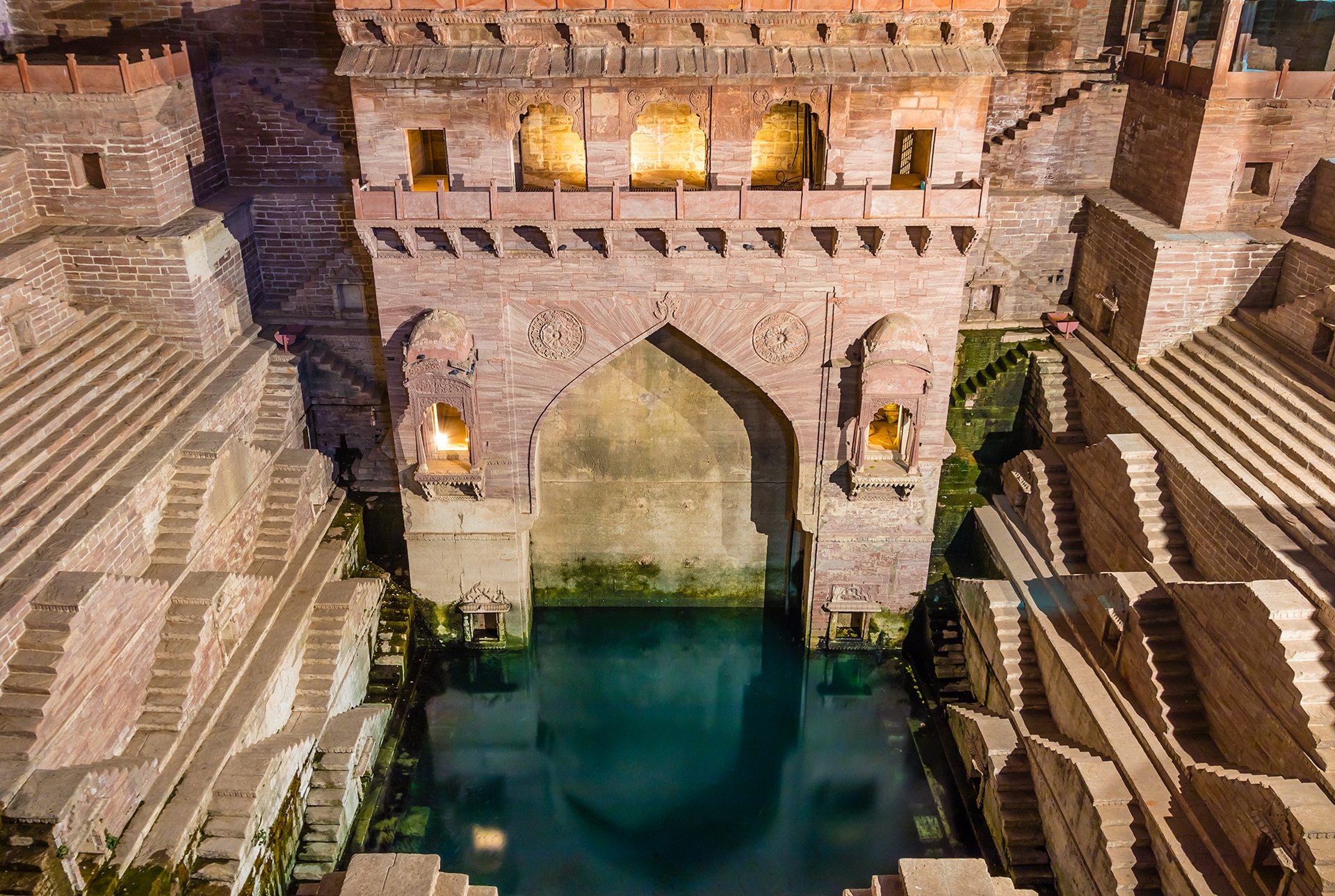
Today visit the Meherangarh Fort, one of the largest and most imposing forts in India. The beauty and grandeur of its numerous palaces and courtyards narrate a saga of hard sandstone yielding to the chisels of thousands of Jodhpuri sculptors. The complex towers rise above the city of Jodhpur and is famed for its battlements and numerous carved-stone palaces within it. Mehrangarh Fort is also known as the site of a soon-to-be-established Yoga Institute, with an extensive collection of paintings and manuscripts that reveal Jodhpur as a vibrant historical center for the production and collection of knowledge about Hatha Yoga. The collection and its context will be presented to us by Dr. Mahendra Singh Tanwar of the Man Singh Pustak Prakash Museum. Afterwards, we will visit the Mahāmandir, a temple renowned for its yogic art and depiction of eighty-four yogic āsanas (postures) in its central enclosure.
Our visit to Jodhpur coincides with Holi festival and tonight we participate with pre festival activities when the huge bonfire is lit to signify the victory of good over evil.



